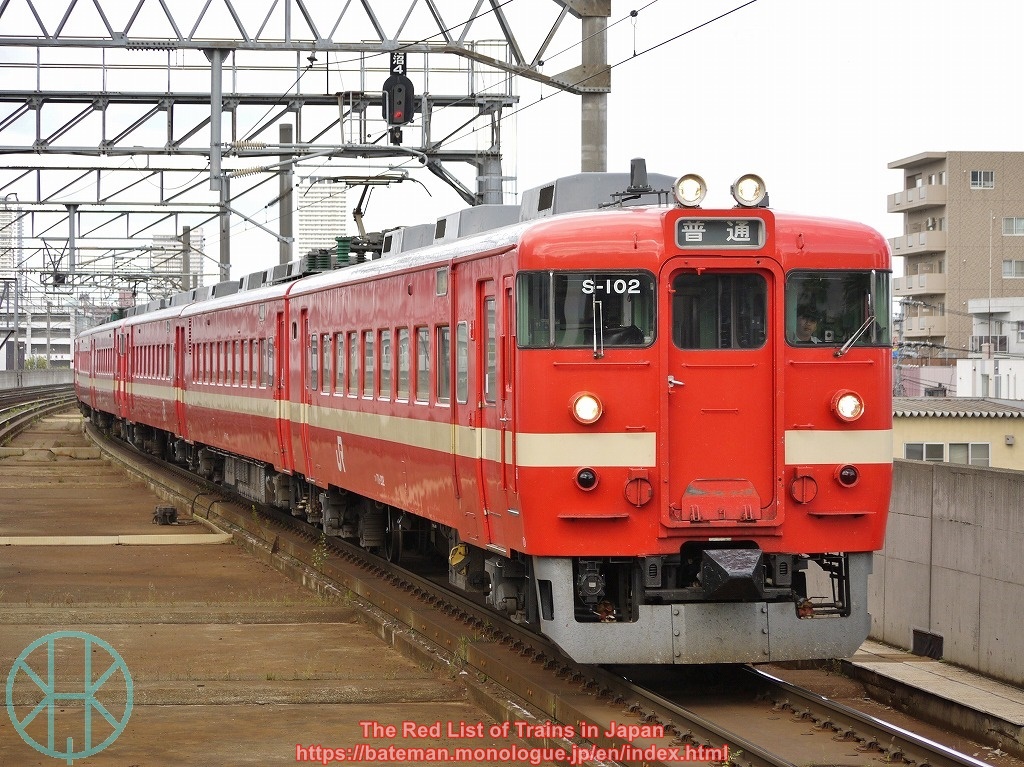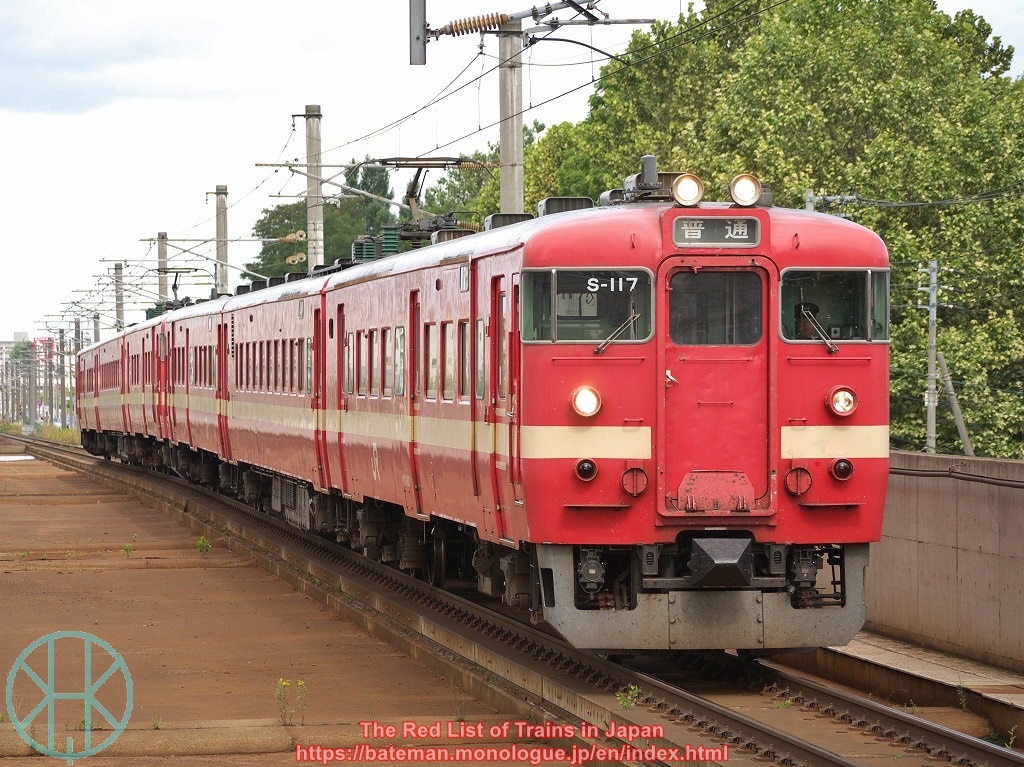JNR 711 series

Data (as of 1 Jul 2021)
| Status: | Extinct |
| Constructed in: | 1967-69, 80 |
| Number built: | 144 |
| Retired in: | 2015 |
History
The 711 series was developed by Japanese National Railways as the very first electric multiple unit train type for Hokkaido. JNR initially intended to modernise railway in the island by diesel multiple units, as electrification in extremely cold land seemed difficult. However, JNR worked hard to make facilities and EMUs durable even under severe winter of lower than -40 degrees Celsius (or -40 degrees Fahrenheit, coincidentally), resulted in successful electrification.
The series was classified as suburban type, but it was almost identical to express type, as each carriage had transverse seating and two sets of doors with enclosed vestibules to deal with low temperature. Furthermore, the maximum speed was 110 km/h (68 mph), which was the highest figure among all suburban trains at that time (though acceleration rate was extremely low).
The 711 series initially used on Hakodate Main Line (Takikawa - Sapporo - Otaru), then gradually extended as electrification went further, and finally 114 carriages in total were introduced. All units formed three coaches, except two prototypes which initially formed two. They were also used for Kamui and Sachikaze express services (Asahikawa - Sapporo or Otaru) in 1967-86.
When JNR was privatised in 1987, all carriages were inherited to JR Hokkaido. Whilst JR commenced withdrawal of the series in 1999, the company refurbished some trainsets (mainly those built in 1980). Most two notable examples were installing the third door to allow smooth boarding and alighting, and installing air-conditioning.
The 711 series trains were used on all electrified network in Hokkaido, not only Chitose, Hakodate Main and Muroran lines, but also Sassho line (which was electrified in 2012). However, JR Hokkaido felt it difficult to use them for main line services because of poor acceleration and small capacity. Therefore, the company used them mainly at peak hours, but opposite direction to which trains were packed with commuters (i.e. whilst other trains were run out to deal with rush hours). They retired in 2015, after serving the northern island for nearly 50 years.
Photos

In 1985, JNR repainted the 711 series red with ivory bands.

JR Hokkaido installed more doors on some carriages, to ease congestion during peak hours.
(Updated: 17 Jul 2021)
